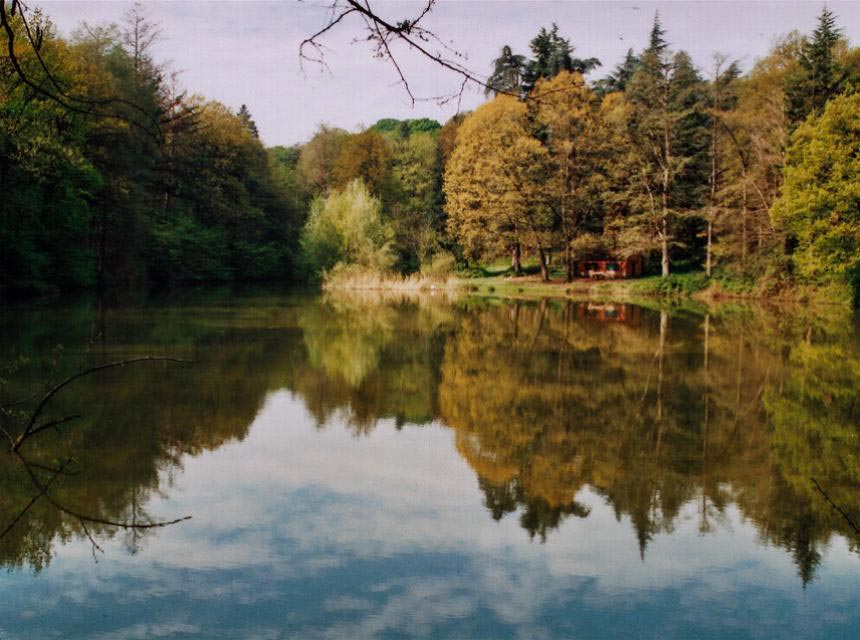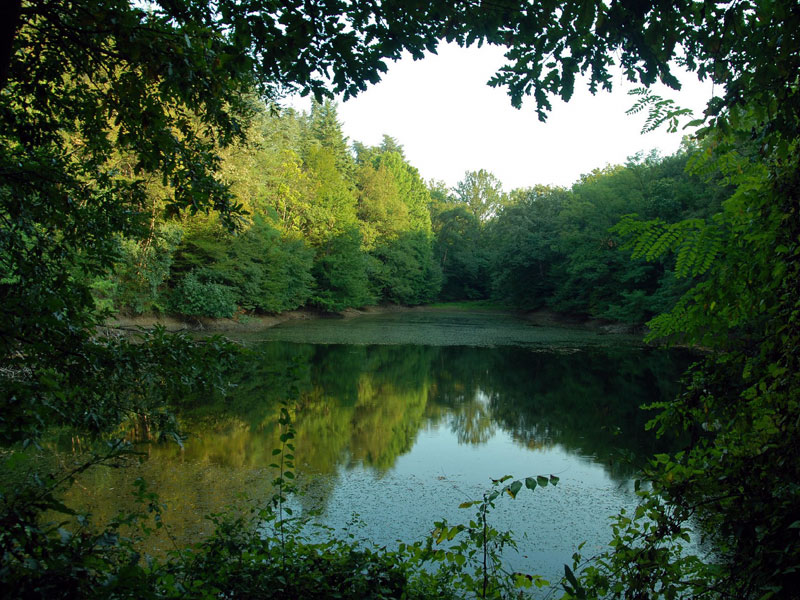
Parco dei Boschi di Carrega
This post is also available in:
 Italiano (Italian)
Italiano (Italian)
Instituted in 1982, first park of Emilia Romagna, Parco Regionale dei Boschi of Carrega, develops itself on a surface of about 1,270 hectares, delimited by the river Taro and the stream Baganza, about 15 kilometres away from Parma. The area, which has been managed since 2012 by Ente di Gestione per i Parchi e la Biodiversità – Emilia Occidentale, is mainly hilly and covered by woods, stable meadows, streams and small artificial bodies of water, which were created to improve the landscape and used as irrigation between the end of the 19th century and the beginning of the 20th one. The main lakes are lago della Vigna, lago della Svizzera, lago della Grotta, lago della Navetta, lago dei Pini snd lago Ponte Verde.
Inside the park, there are important artistic-historical buildings such as
Casino dei Boschi, a villa built in 1789, in neoclassical style, and projected by Petitot. It is immersed in the wide estate on the hill between Sala and Collecchio, in the ducal reserve of the Farnese family, Casino dei Boschi was widened by the court architect Paolo Gazzola to make of it a summer residence. The villa, which has been owned by the princes Carrega di Lucedio since 1881, presents still today the characteristics of the times of Maria Luigia d’Austria.
To mention, Villa del Ferlaro, built for the sons of Maria Luigia between 1828 and 1831, and Pieve di Talignano, of the Romantic Age.
A bike rental service in the resting areas “Il Serraglio” (Collecchio) and “Case Nuove” (Sala Baganza)
Flora and fauna
The park is characterised by the forest area typical of Emilia’s lower hills with specimens of oaks, chestnut trees, white hornbeams and beech trees, together with numerous exotic species, such as Cedrus libani, Picea glauca and sequoias (Sequoia sempervirens). There are more than 400 species of funguses.
Birds are also numerous as well as mammals, amphibians and reptiles; the roe deer is the symbol of the protected area, since here there is the most numerous nucleus of Italy.
This post is also available in:
 Italiano (Italian)
Italiano (Italian)



